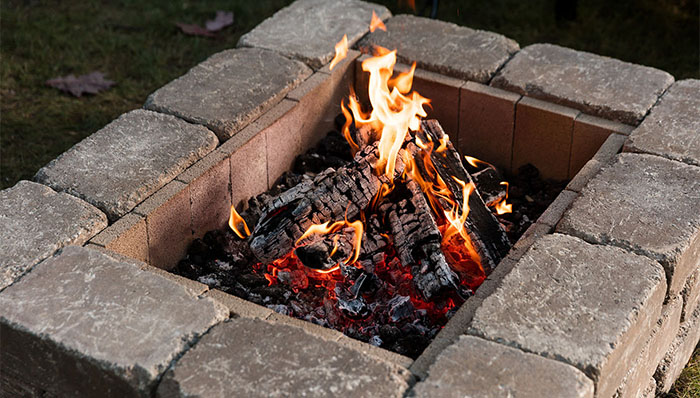Soil Conditions: Weeds as Indicators
By: Lauren M. Liff for Dabah Landscape Designs
When it comes down to it, any gardener will tell you that there is no such thing as a good weed, and I’m inclined to agree with them. However, the weeds that love to invade your property can actually tell you a lot about your garden. Analyzing the types of weeds that flourish throughout your property can clue you in on the soil conditions of your lawn and garden spaces. With this knowledge, you can make the proper soil amendments and provide a better growing environment for your garden plants as well as your turf.
Improving your soil conditions often can help deter or even eliminate weed growth and when it comes to weed control, taking preventative measures will provide the best results! It makes sense that soil conditions and weed growth go hand in hand. Although there are a vast number of types of weeds as well as a wide range of soil types, we are going to focus on the weeds that are most “popular” and the most common soil types. Let’s see which weeds will help you decipher what soil conditions you have in your lawn and garden.
For wet, moist and poorly drained soils:
- Moss Joe-pye weed
- Spotted spurge
- Knotweed
- Chickweed
- Crabgrass
- Ground ivy
- Violets Sedge
For soil that is dry sandy:
- Sorrel
- Thistle
- Speedwell
- Garlic mustard
- Sandbur
- Yarrow
- Nettle
- Carpetweed
- Pigweed
For soil that is hard and compacted:
- Bluegrass
- Chickweed
- Goosegrass
- Knotweed
- Mustard
- Morning glory
- Dandelion
- Nettle
- Plantain
For heavy clay soils:
- Plantain
- Nettle
- Quack grass
For Acidic soils:
- Oxeye daisy
- Plantain
- Knotweed
- Sorrel
- Moss
For alkaline soils:
- Queen Anne’s lace (wild carrot)
- Chickweed
- Spotted spurge
- Chicory
For Poor/low fertility soils:
- Yarrow
- Oxeye daisy
- Queen Anne’s lace (wild carrot)
- Mullein
- Ragweed
- Fennel
- Thistle
- Plantain
- Mugwort
- Dandelion
- Crabgrass
- Clover
For fertile, well-drained, humus soils:
- Foxtail
- Chicory
- Horehound
- Dandelion
- Purslane
- Lambsquarters
It’s easy to identify common weeds using the link listed below or by using research books. Once you are able to identify the weeds that plague your property, you can eradicate these pests and improve your soil. Not only are you improving the growing environment for your turf and plant material, you are improving the over all look of your property. As much as I dislike saying it, there is no true way to win the battle against these weeds. However, these preventative measures and your consistent devotion to your outdoor space will help to lessen their ability to take up space on your property and lessen the competition they bring against your chosen plant material.































